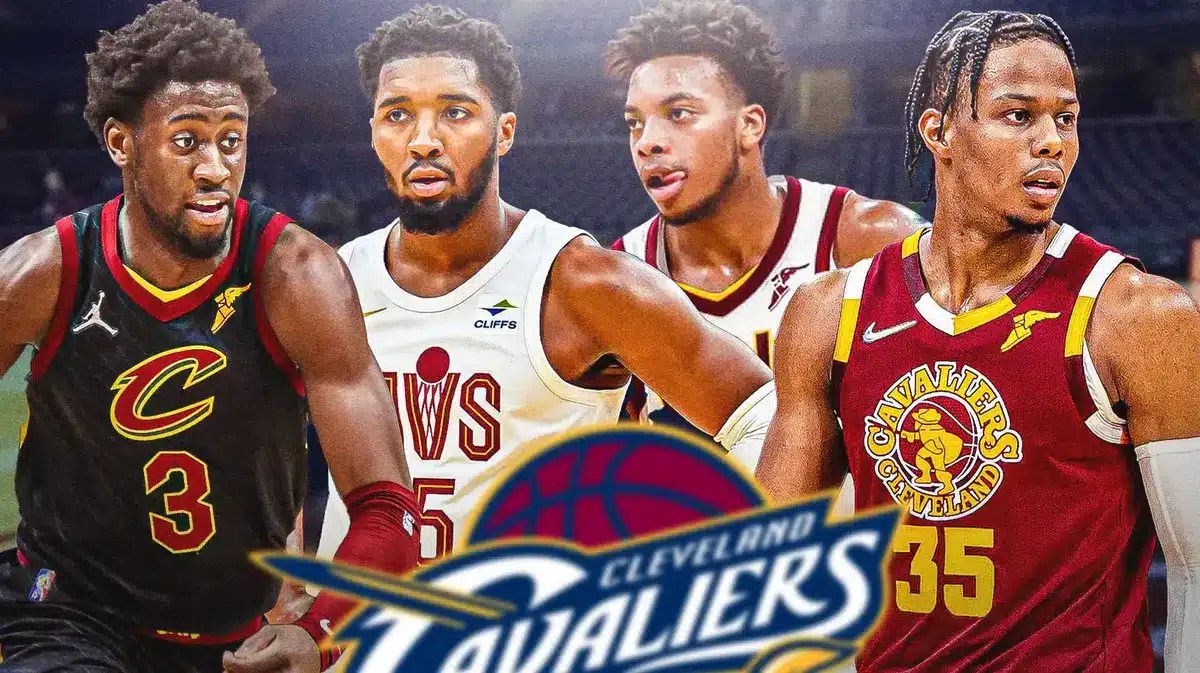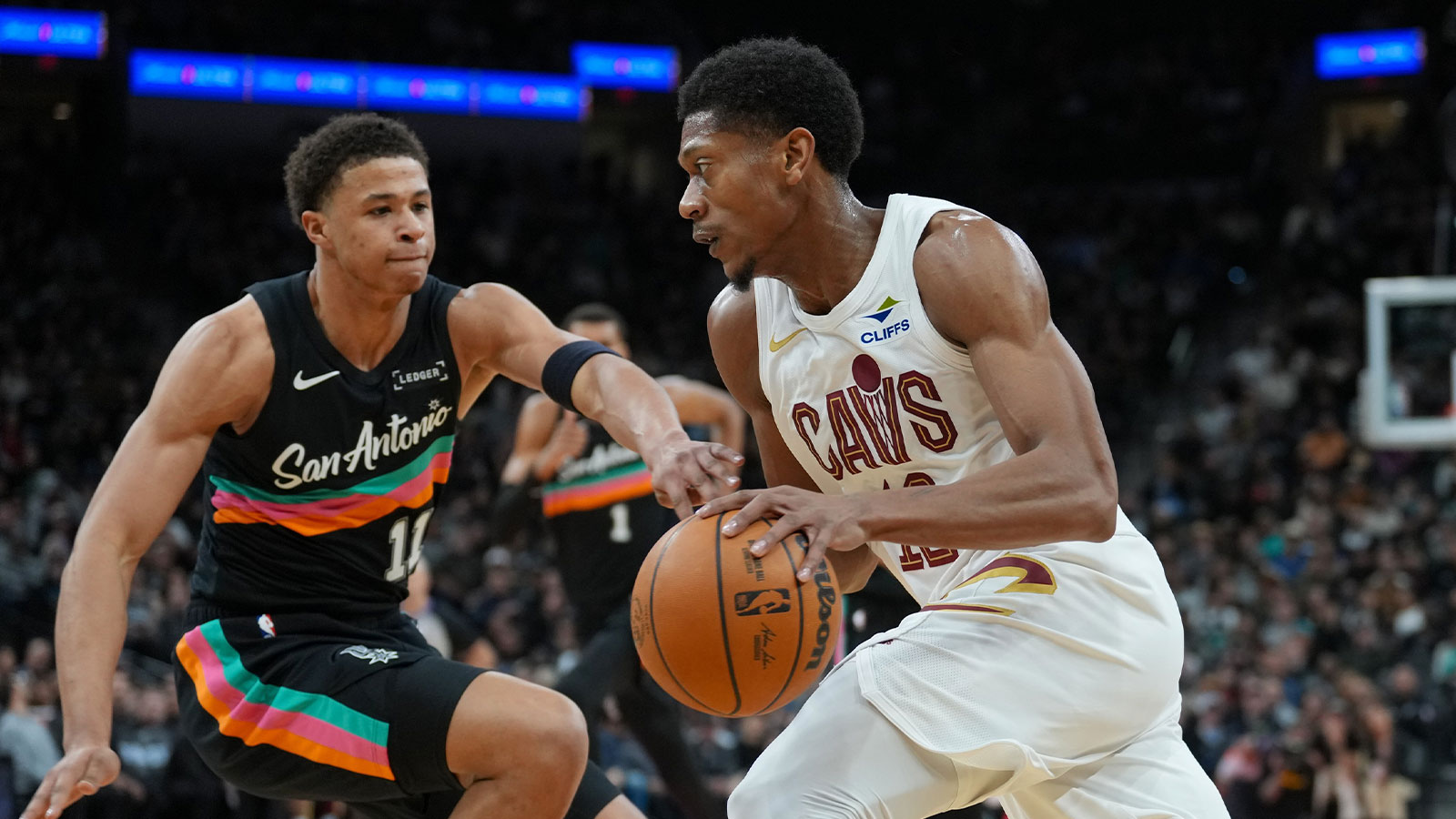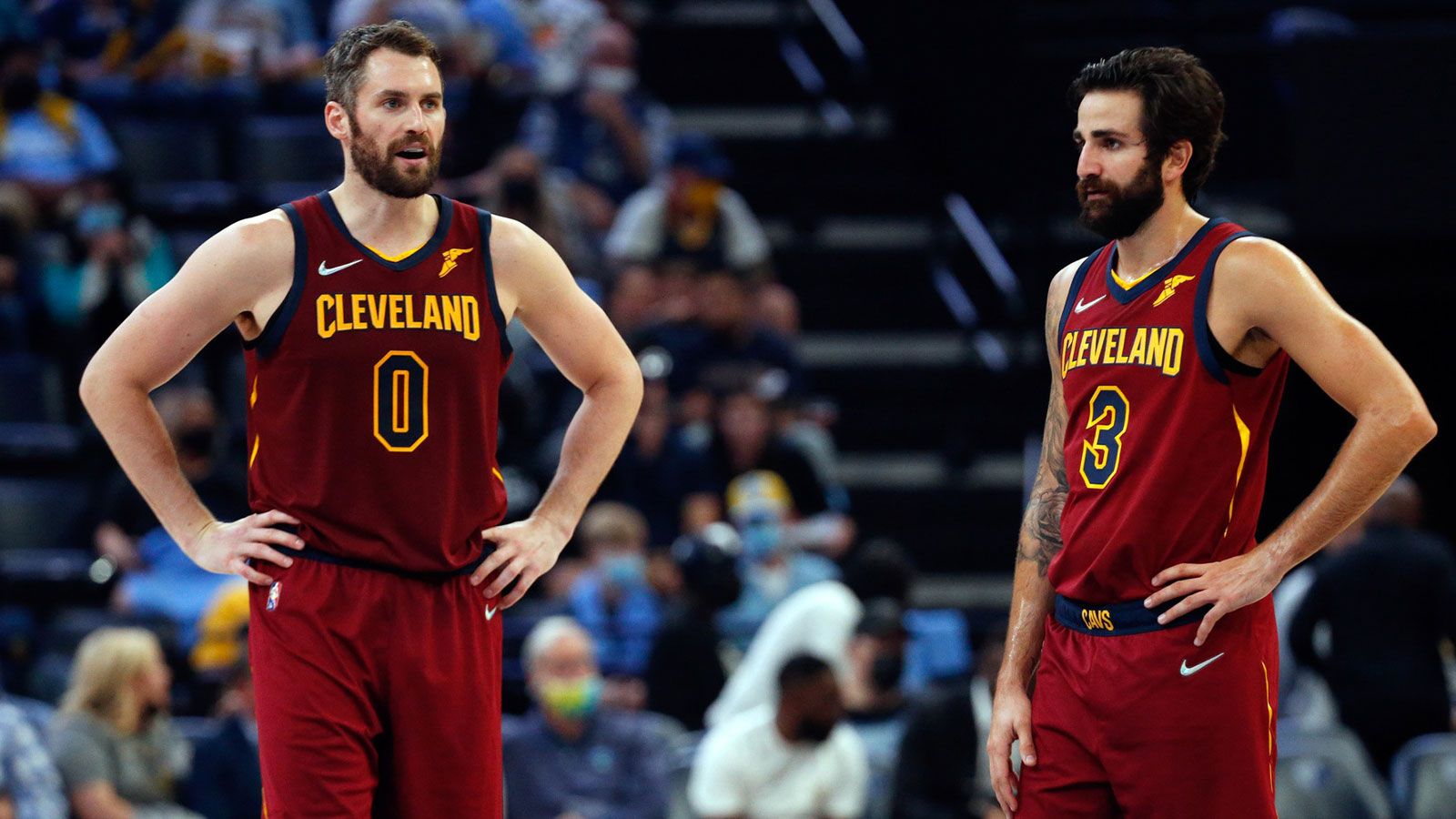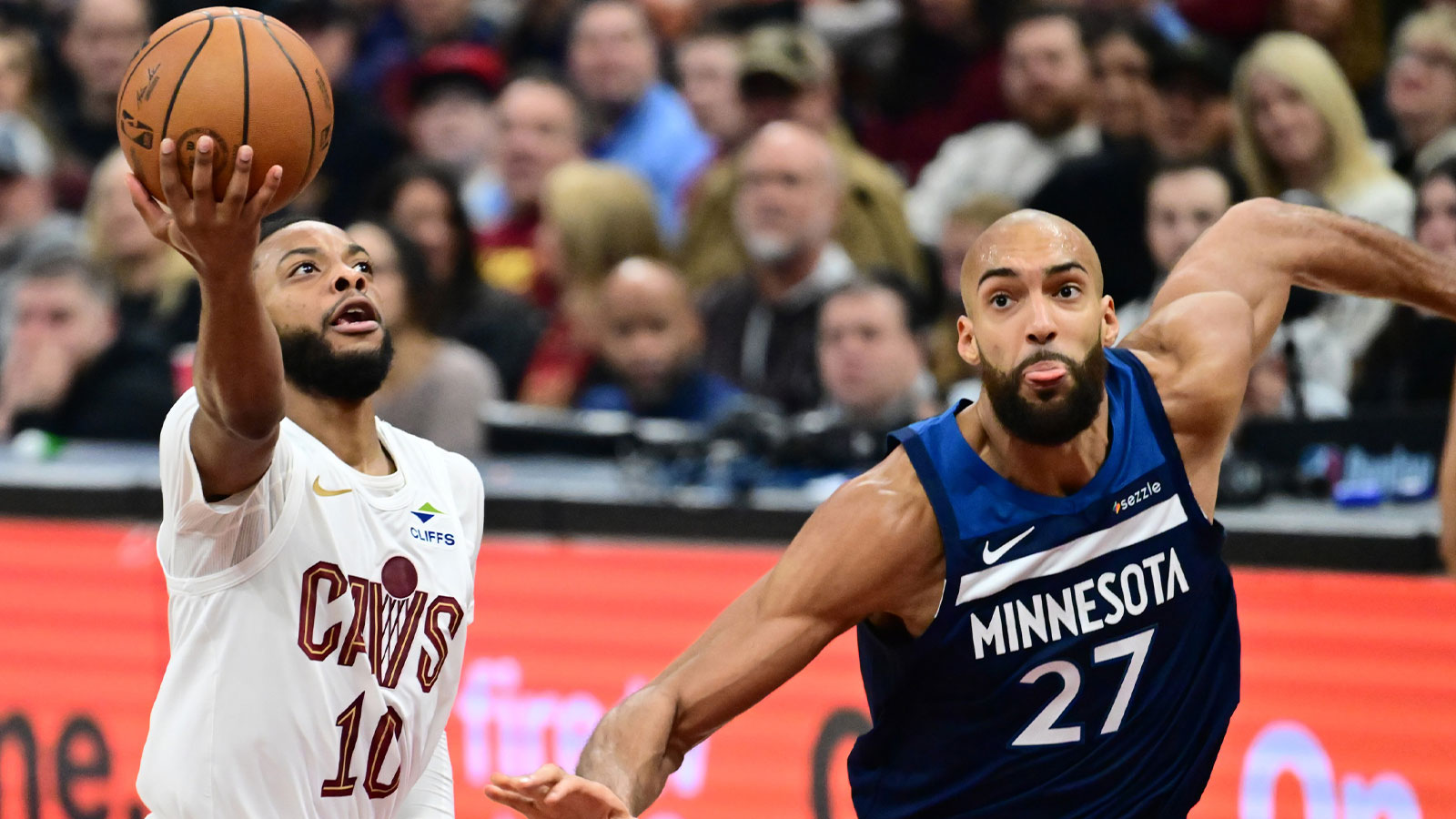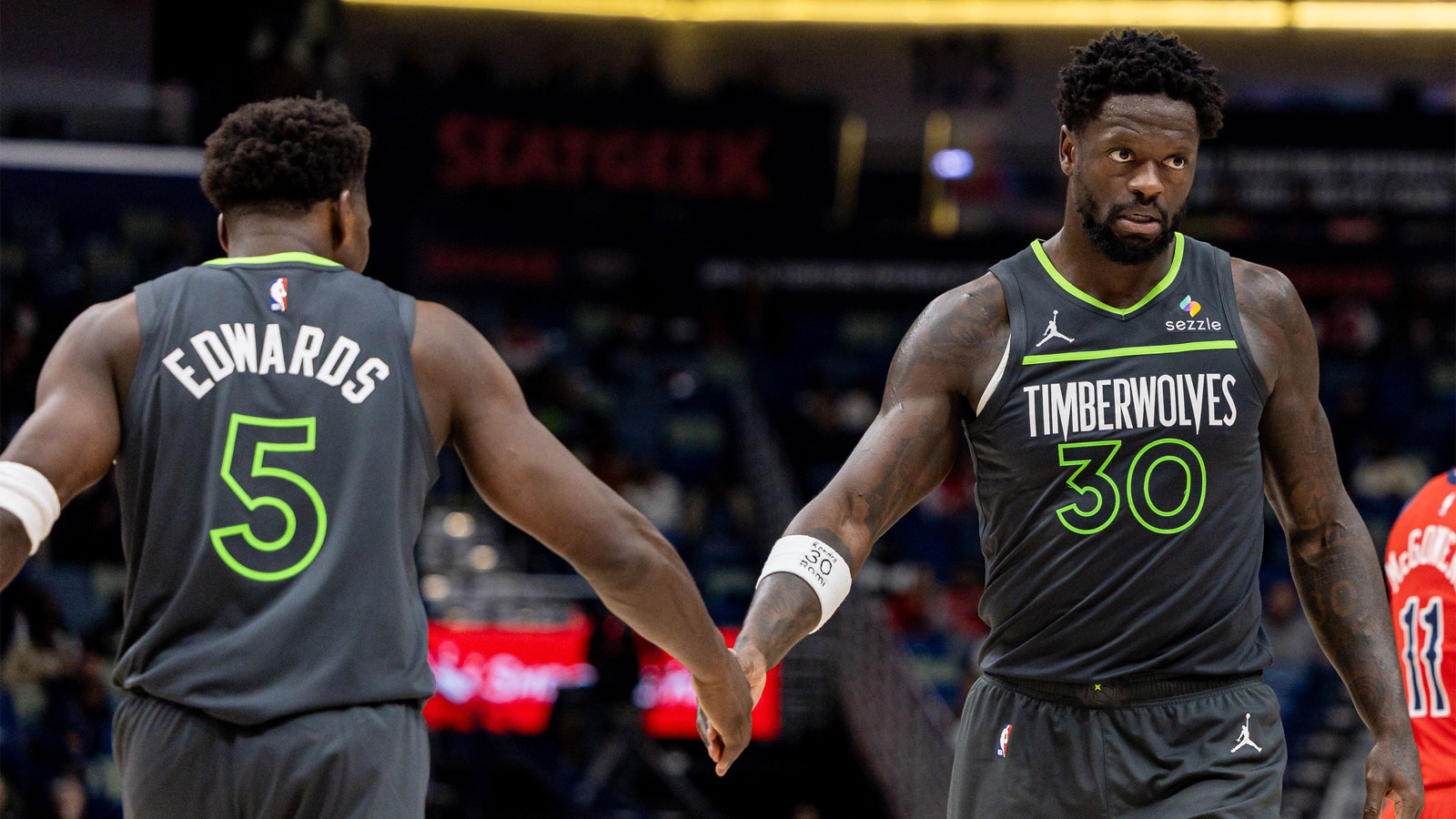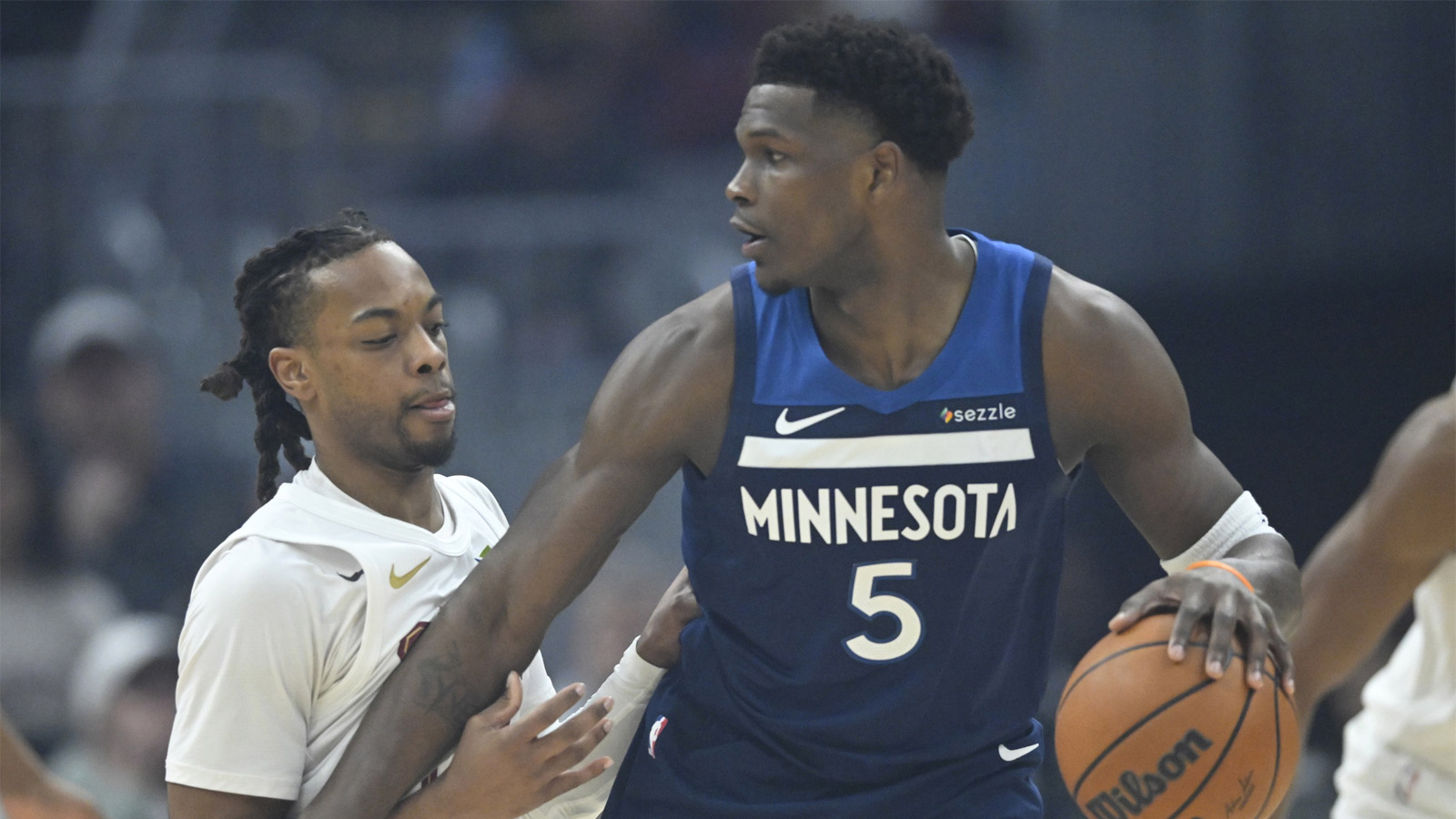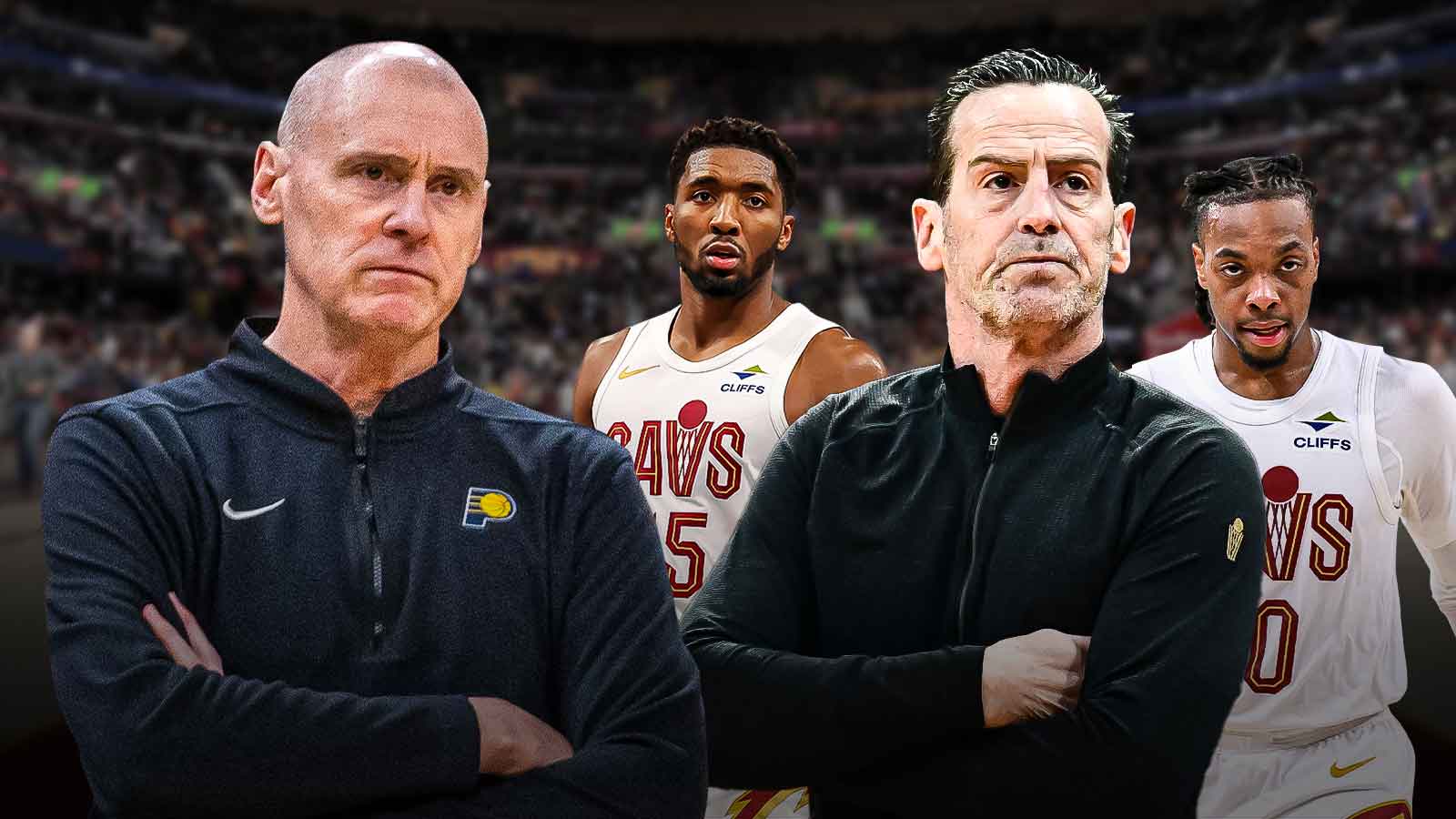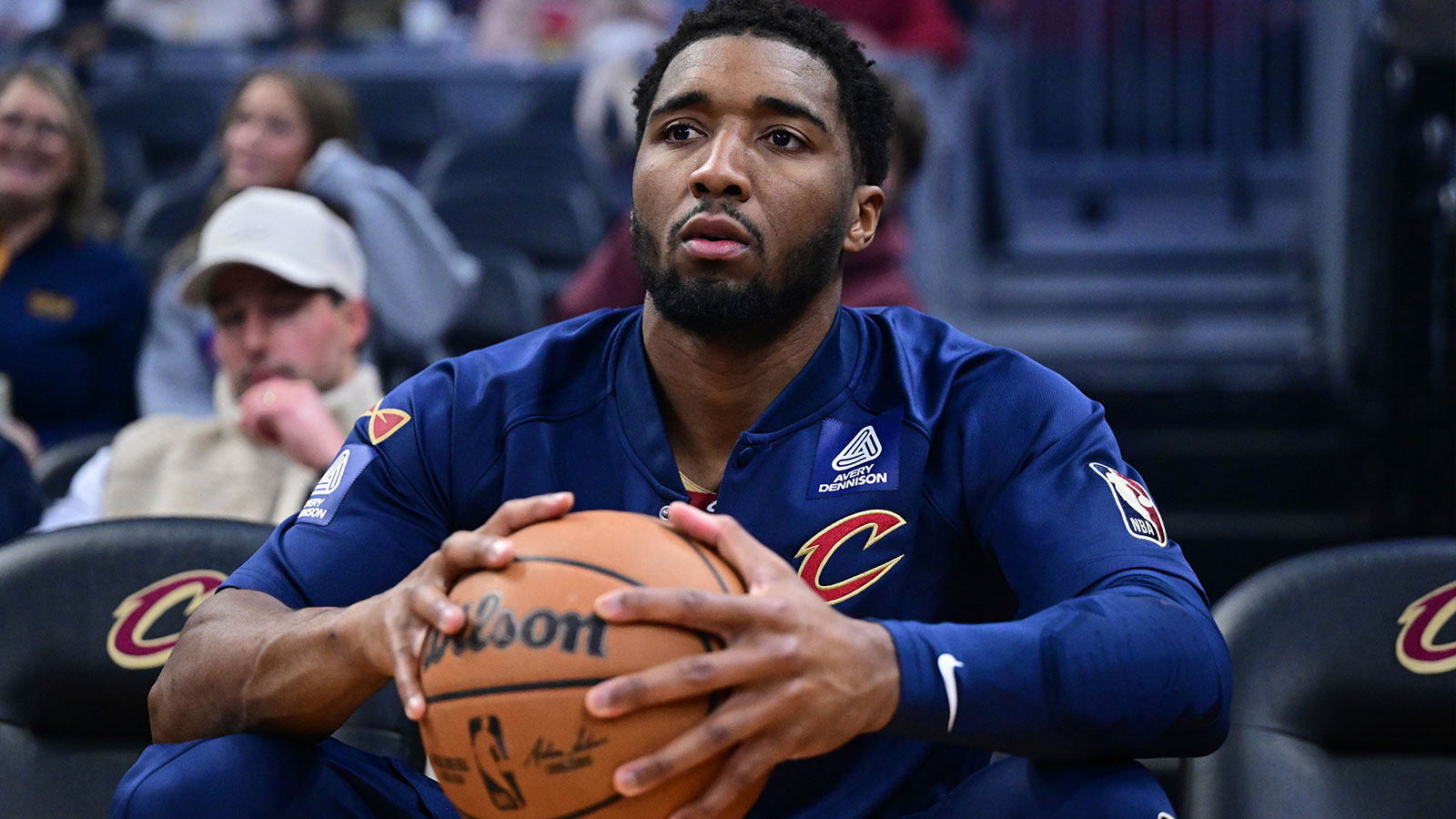It might be getting snowier on the shores of Lake Erie but within the confines of Rocket Mortgage FieldHouse, the Cleveland Cavaliers are making it rain. Since returning home from a three-game losing road trip losing streak, on top of losing Evan Mobley and Darius Garland until early 2024, the Cavs have been letting it fly from beyond the arc.
In their four-game homestand, 48.4% of Cleveland's total field goal attempts have come from the perimeter, a sizeable leap from their season average of 39.2%. More impressively, the Cavs have scored even more from the perimeter in this stretch than usual, with 41.1% of their points scored coming from three-point range, a massive increase from their seasonal average of 29.3%. It makes sense that 70.7% of Cleveland's scoring production comes from the interior. With two bigs in Evan Mobley and Jarrett Allen thriving near the basket and an overabundance of slashing guards in Darius Garland, Donovan Mitchell, Caris LeVert and Isaac Okoro, the picture easily paints itself.
Deep shooting makes sense considering Cavs' injuries
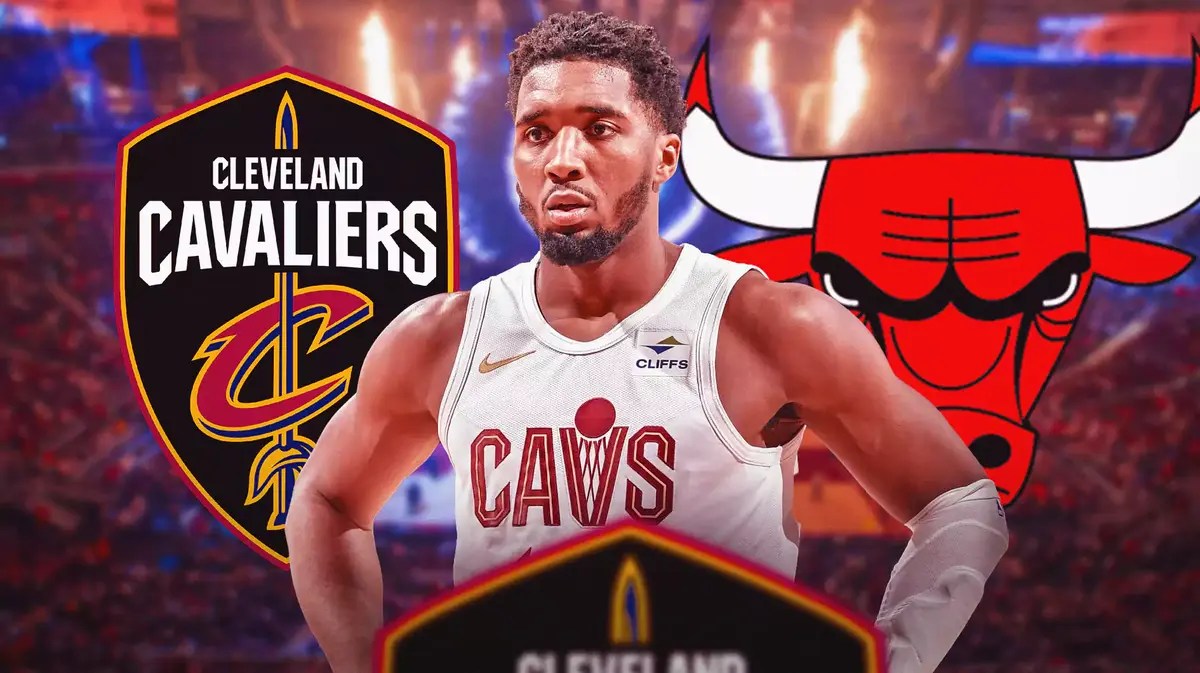
But, with Garland, Mobley, and Mitchell (illness) unavailable during this four-game home stretch, this sudden trigger-happy approach also makes sense, given the Cavs' available personnel. Of the group that thrives with looks at the basket, only Allen, LeVert, and Okoro have been available for Cleveland for all four home games, and Mitchell only for two. With the odds stacked against them without so much star power, Cavs head coach J.B. Bickerstaff went to the drawing board, exploring lineups and groups that hadn't gotten time on the court together yet this season.
But, after leaning on LeVert, Sam Merrill, Max Strus, and Georges Niang more to try and counterbalance the loss of so many players, that's where Cleveland's new offensive attack crystallized. It wasn't just a guns-away approach either, mind you. Instead, it was a product of the Cavs maintaining a team-first approach, which made their head coach more than happy with the results.
Bickerstaff content with team game
“I'm enjoying it so much watching how they're doing it together,” said Bickerstaff to ClutchPoints. “Everybody who played the last game [against the Utah Jazz] had an assist. We like that they're sharing the game offensively and that they're competing for one another defensively. That's what's been really uplifting for us. To watch them band together and go out and scrap and compete like that.”
Sure, some players will stand out more than others. That's just how basketball works. Most nights during this homestand, Merrill, the former two-way product usually glued to the bench, waiting for his chance to get on the floor, was the one who usually stood out the most. Averaging 27.5 points per game before missing Cleveland's last game against the New Orleans Pelicans with a sore left wrist, Merrill was the conduit for the Cavs shooting opponents out of the gym. On other nights, it was Dean Wade or Georges Niang leading the three-point barrage, giving the team lacking in star power a chance most nights.
This increase allows Cleveland to remain dynamic on scouting reports, especially when they start to get healthier. Some of these players may not get as many minutes as they are right now. But it does afford Bickerstaff some more roster and lineup creativity and fluidity, which might not have emerged without an unfortunate rash of injuries.

